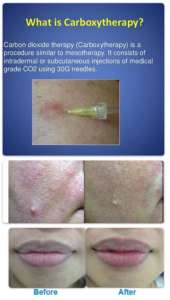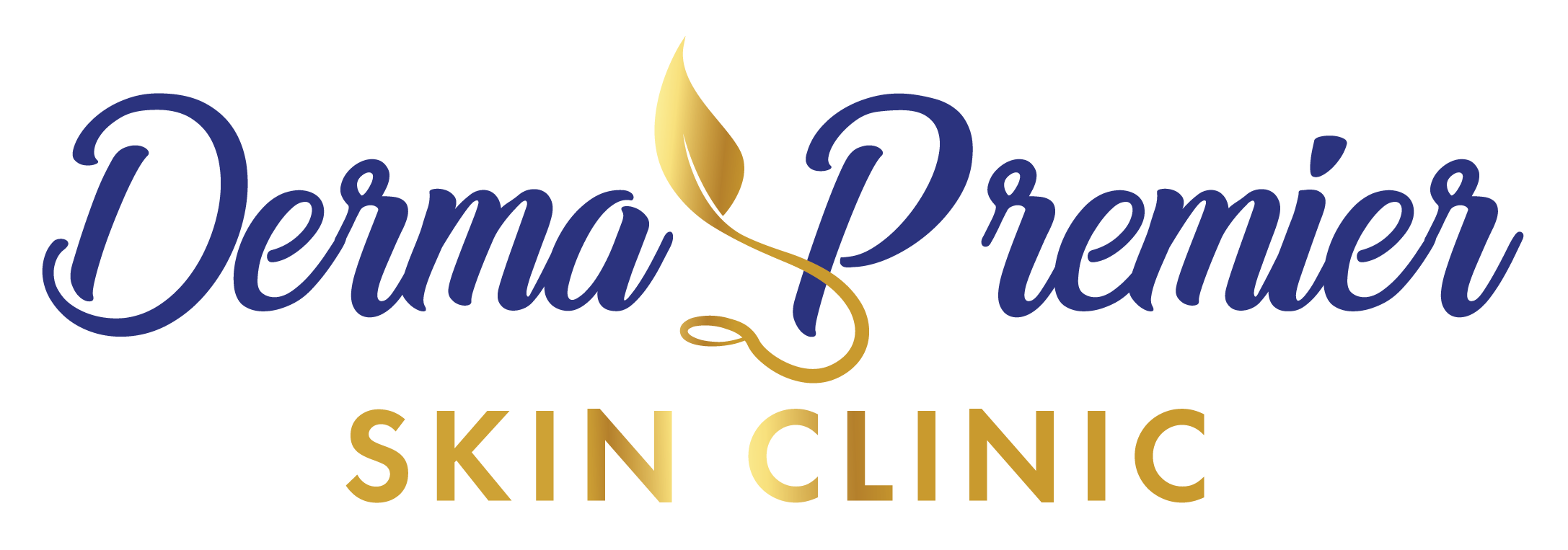 Carboxy therapy
Carboxy therapy
Carbon Dioxide Therapy (CDT) is a procedure, which is very similar to mesotherapy. It consists of intradermal or subcutaneous injections of medical grade CO2 using 30-33 G needles. CO2 insufflation has been widely used, such as in under-eye dark circle, skin rejuvenation, stretch marks, cellulite and localized adiposities, in combination with other minimally invasive aesthetic procedures. The high level of patient tolerance and minimal side effects makes it a very interesting technique in our battery of face and body rejuvenation techniques, with a high level of patient satisfaction.
How is it work?
Vasodilatation, the first effects following CO2 injection is a strong vasodilatation, a blood flow increase and a higher oxygen supply (O2) in the treated area. This reaction causes the tissue’s pH to become acidic with even more dissociation of O2 from haemoglobin, allowing the tissue to become even more oxygenated.
-
Stimulation of collagen synthesis: A 2008 Brazilian study* showed a reorganization of collagen fibers following intradermal injections of carbon dioxide and demonstrated that the CO2 is capable of increasing the collagen turnover: a trauma to the dermis launches a healing process with collagen synthesis. CO2 improves the process by first, increasing neovascularization with more healing substances and factors to be on site. In second, it releases more oxygen around and in the healing area, improving the recovery phase.
-
Receptor activation and lipolysis (fat reduction) cascading improvement The pressure receptors are stimulated by CO2 injections. Cascading reactions improve the lipolysis process in the injected areas. CO2 is improving the natural lipolysis capabilities of the body.
